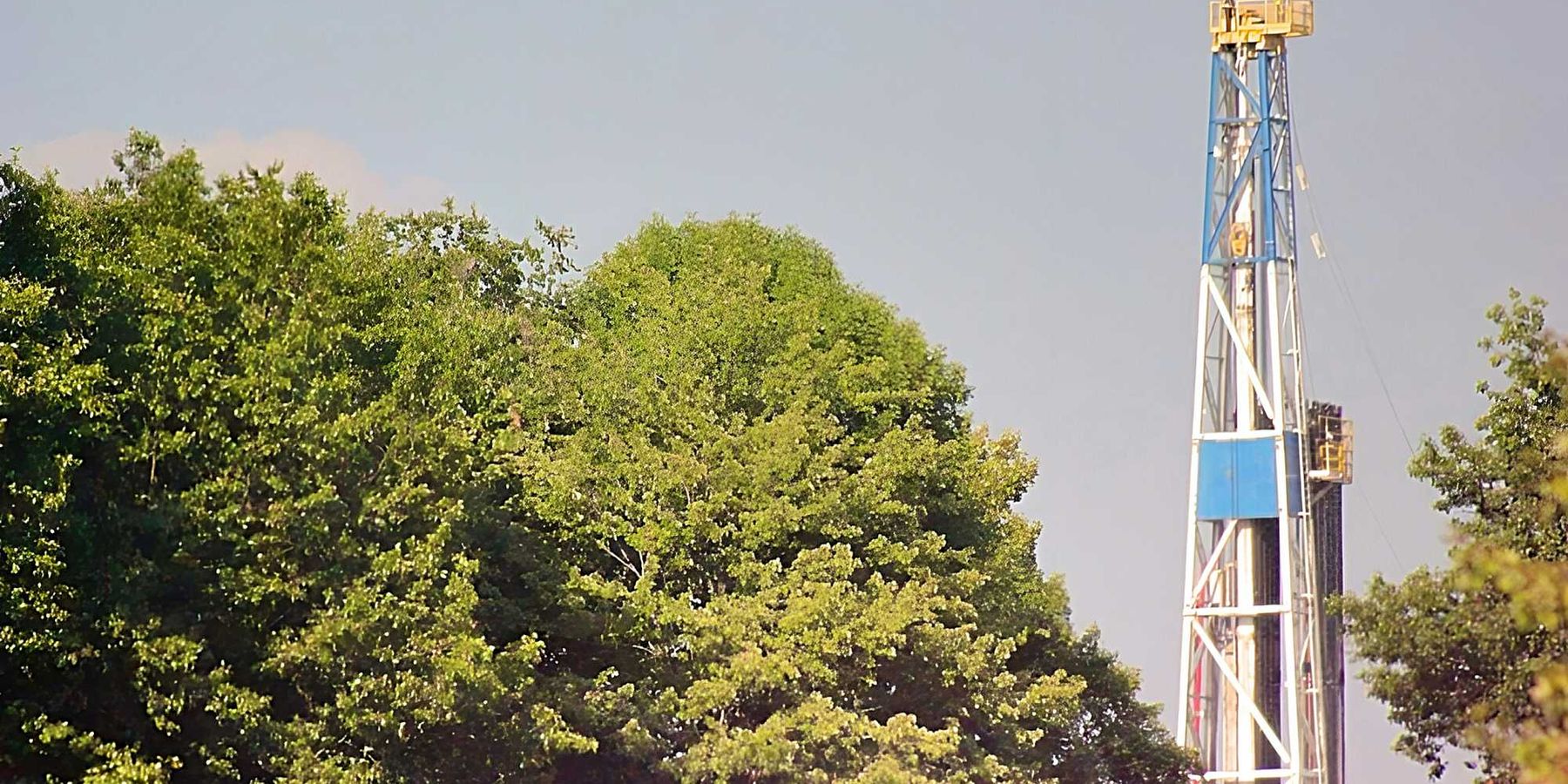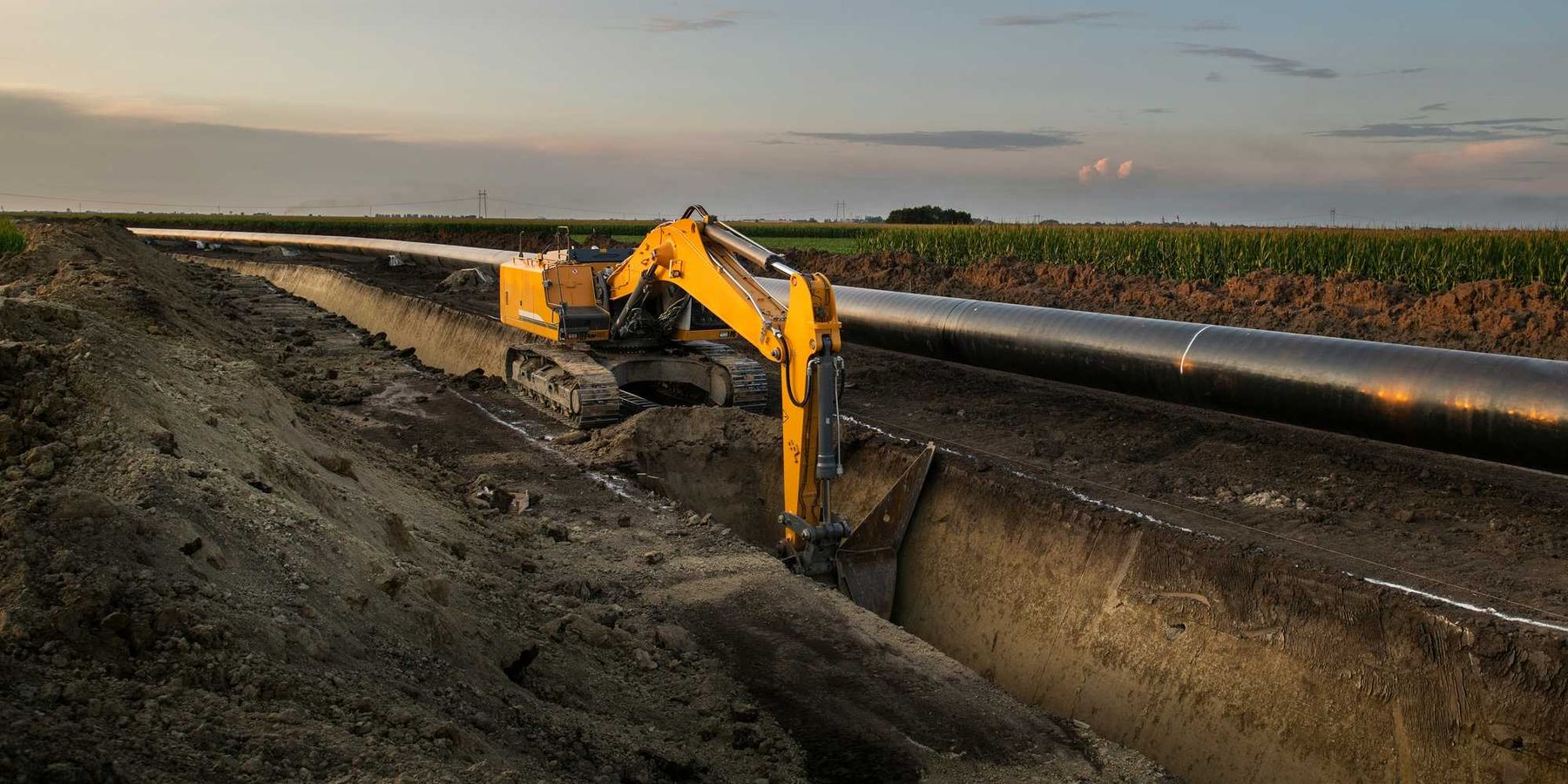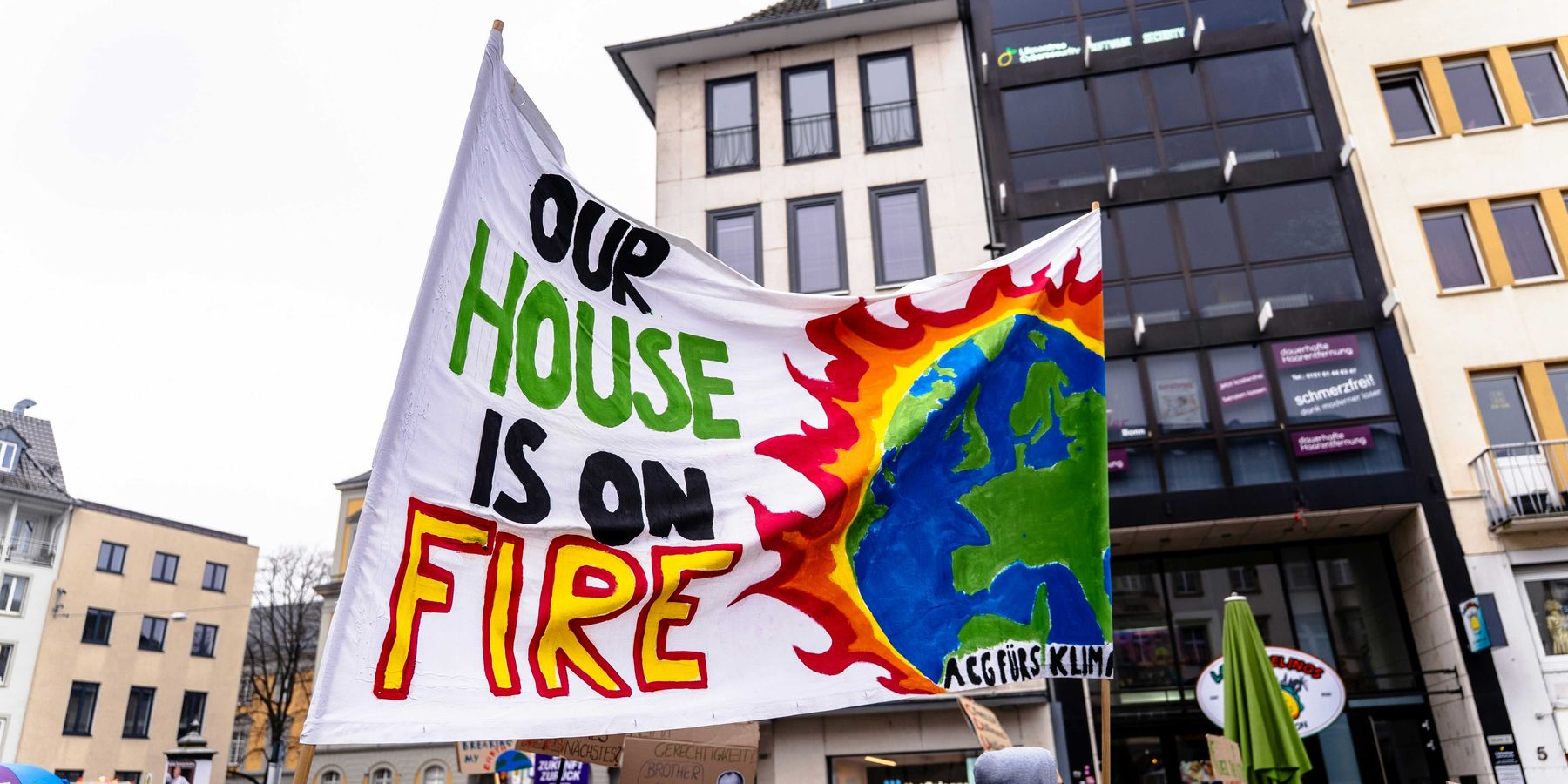Order to halt EV charger funding faces hurdles
President Donald Trump has ordered states to stop using federal funds for electric vehicle chargers, but legal and market forces may limit his ability to derail the expansion.
Alexa St. John and Isabella O’Malley report for The Associated Press.
In short:
- The Trump administration told states to halt spending on EV charging infrastructure funded through the Biden-era National Electric Vehicle Infrastructure program.
- Some states had already paused projects, but legal experts say the federal government may lack authority to stop previously approved and funded plans.
- Private investment in EV charging continues, with companies saying demand will keep the network growing despite federal policy shifts.
Key quote:
“As the world is shifting to electric vehicles, any slowdown will put the U.S. auto industry further behind."
— Matt Stephens-Rich, director of programs at the non-partisan group Electrification Coalition
Why this matters:
The expansion of electric vehicle charging infrastructure is emerging as a critical factor in reducing transportation-related emissions and supporting the transition to cleaner cars. While EV adoption is rising, a lack of convenient and accessible charging stations remains a major hurdle, particularly for rural communities and lower-income drivers who may not have the option to charge at home. Federal funding has played a significant role in filling these gaps, helping to install chargers along highways and in underserved neighborhoods. Cutting back on these investments could slow the rollout of charging stations, making EV ownership less practical for many Americans.
Related: Electric car charging stations fall behind growing demand













